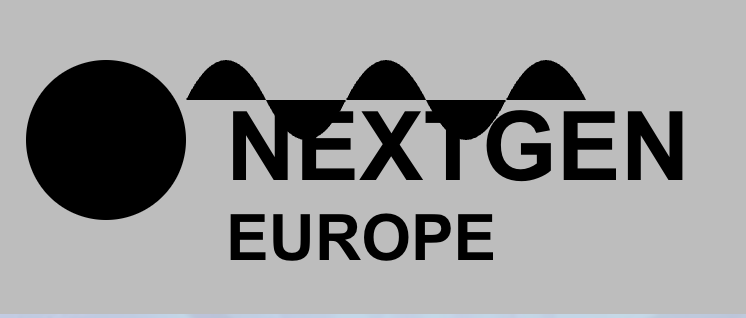George Russell’s Mercedes leads the pack of cars.
The FIA intends to address with the Formula 1 teams concerns over a lack of distinguishability between liveries, with bare carbon not the only issue.
In the quest to reduce weight in their Formula 1 cars, teams have adopted a popular strategy in recent years: leaving certain areas unpainted. However, this choice does come with a drawback – the vibrant liveries suffer as the exposed black carbon fibre becomes more dominant.
FIA to discuss livery concerns in F1 Commission meeting
Furthermore, alongside the carbon issue, the FIA is also expressing concerns regarding the presence of similar color schemes among certain teams, which is further complicating the differentiation of liveries on the track.
Nikolas Tombazis, the FIA’s head of single seater matters, has stated that the concerns regarding liveries will be addressed during the upcoming F1 Commission meeting. However, he emphasized that the governing body aims to promote collaboration among teams to enhance the distinctiveness of liveries, rather than imposing regulations to enforce it.
“As always in F1, it is a bit more complicated than maybe meets the eye,” he told Motorsport.com.
An area of concern is that cars tend to have an excessive amount of exposed carbon material, as the weight of paint naturally leads to a predominance of black color in the vehicles.
All teams have put in significant effort to alter the paint type, or in fact, most of it now consists of exceptionally thin films, to minimize weight.
Furthermore, there is a concern regarding the similarity in color schemes adopted by certain teams, resulting in cars that may appear visually similar. We are currently engaged in ongoing discussions with the teams, and this matter will also be deliberated upon in the upcoming F1 Commission meeting.
We must establish a process wherein teams can effectively communicate and coordinate, ensuring that if one team has a blue car in one area, the other team will not have a blue car in that same area, or vice versa.
However, the specific workings of that process are yet to be determined. It is not a regulatory process.
As the FIA, our aim is not to impose regulations on liveries. However, we do believe that cars should be easily distinguishable from one another.
Tombazis verified that the FIA aims to simplify the process of distinguishing drivers within a team. In the past, drivers’ distinct helmets were easily recognizable, but this is no longer the case as they frequently change designs during a season. Additionally, the introduction of the Halo has further hindered the visibility of the helmets.
Tombazis reiterated that their goal was not to enforce this through regulations, but rather to reach a consensus among teams where they recognize the benefits of having distinguishable cars.
Latest Formula 1 key talking points
Alpine confirm departure of long-serving team stalwart
‘It is all dramatic’ – Dutch pundit quashes Red Bull woes and title fight hype
Former Aston Martin strategy chief Bernie Collins, during an appearance on the Sky F1 podcast, addressed a fan query regarding the use of coloured carbon to enhance the visibility of liveries in teams.
She clarified that introducing this change would make the manufacturing process more complex and would not result in vivid colors regardless. However, she provided a glimmer of hope that the lackluster black might not be permanent.
She expressed her belief that there are ways to color carbon fiber, stating that one option is to color the resin. However, she noted that this method may not yield as visually appealing results as the paint currently used.
Carbon fiber performs optimally when it is black due to the compatibility of resins and other components. While it is possible to add a hint of color, achieving a vibrant Ferrari red, for example, would be challenging. Instead, it would result in a rather lackluster sheen, in my opinion.
“The main issue regarding color in the component is that it needs to be carefully considered in terms of its alignment when mounting and painting. For instance, when a sidepod is assembled on a car, it is painted after the alignment process. However, if the paint is applied during the manufacturing stage, it is crucial to ensure that it will end up in the correct position when the car is further down the production line.”
“So, you are significantly increasing the complexity of manufacturing that component.”
“I believe there is a possibility of beginning the year with many carbon strong liveries. As teams discover methods to reduce weight throughout the year, we may witness a gradual return of more painted designs.”
“At the start of the year, the car is usually at its heaviest. However, as teams gain knowledge and reliability, they find ways to make it lighter. This trend continues as teams delve deeper into the regulations, hoping to follow the same path.”
Read next: Lewis Hamilton reveals the time he ‘thought it was all over’ in huge incident
